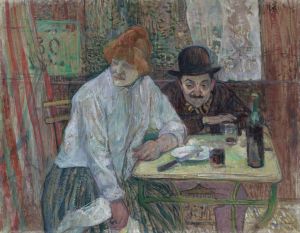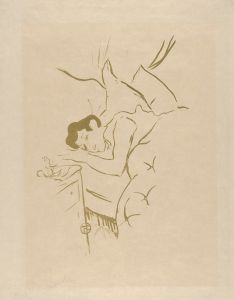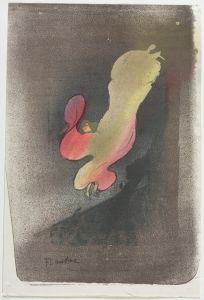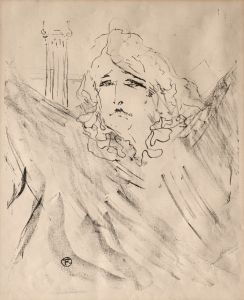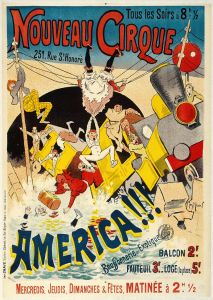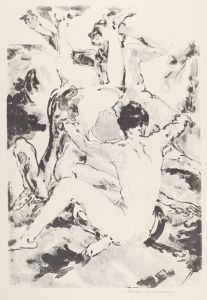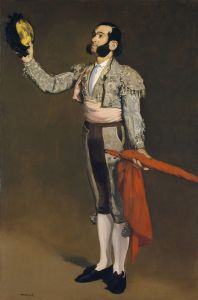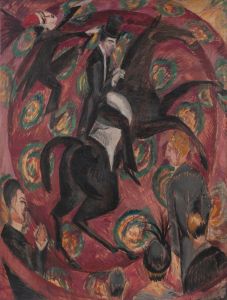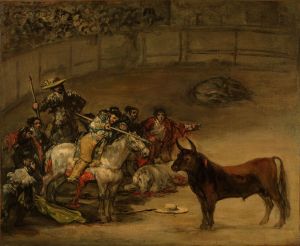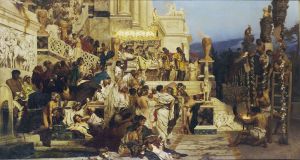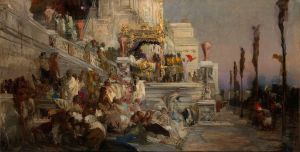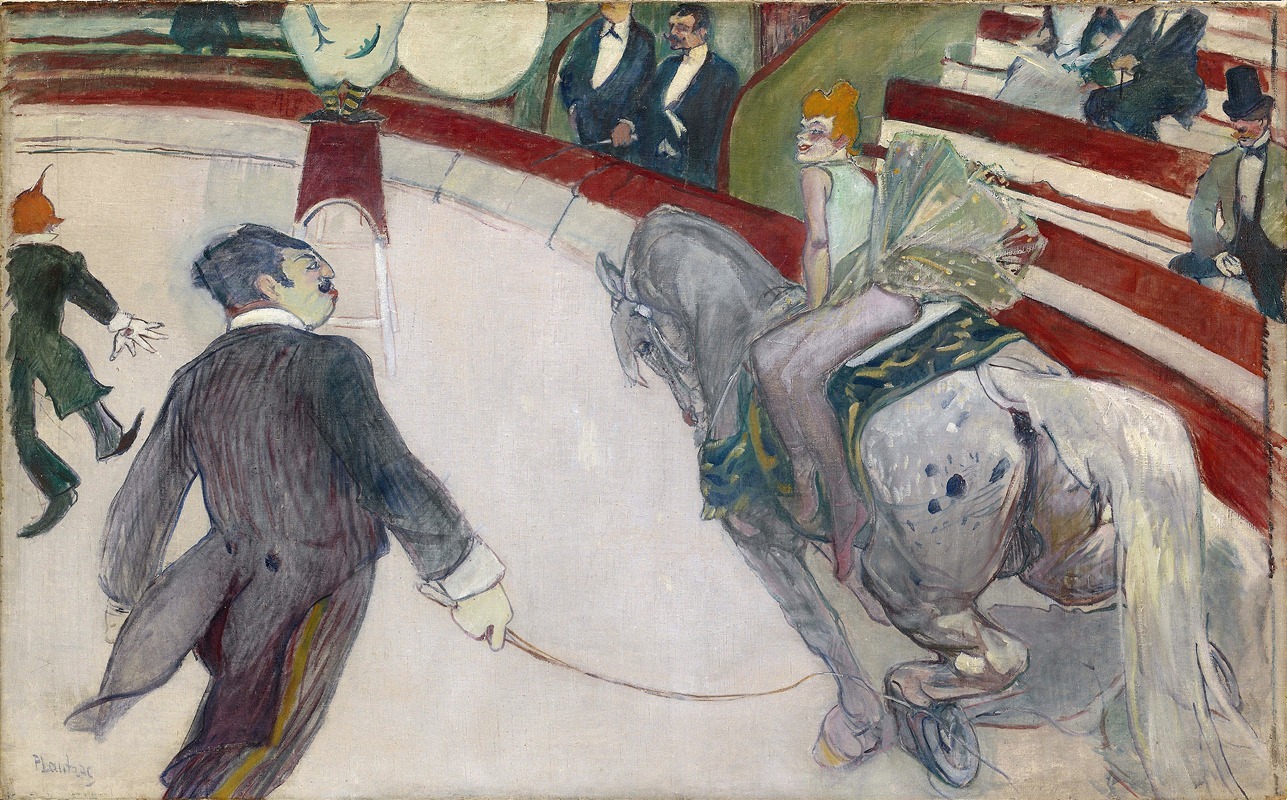
Equestrienne
A hand-painted replica of Henri de Toulouse-Lautrec’s masterpiece Equestrienne, meticulously crafted by professional artists to capture the true essence of the original. Each piece is created with museum-quality canvas and rare mineral pigments, carefully painted by experienced artists with delicate brushstrokes and rich, layered colors to perfectly recreate the texture of the original artwork. Unlike machine-printed reproductions, this hand-painted version brings the painting to life, infused with the artist’s emotions and skill in every stroke. Whether for personal collection or home decoration, it instantly elevates the artistic atmosphere of any space.
Henri de Toulouse-Lautrec, a prominent French painter of the Post-Impressionist period, is renowned for his vivid portrayals of Parisian nightlife in the late 19th century. One of his notable works is "Equestrienne," which captures his unique style and artistic focus. Toulouse-Lautrec's work often depicted scenes from the bohemian world of Montmartre, where he lived and worked, and "Equestrienne" is no exception, showcasing his fascination with performance and movement.
"Equestrienne" was painted in 1888, during a period when Toulouse-Lautrec was deeply immersed in the vibrant cultural scene of Paris. The painting features a female equestrian performer, a subject that aligns with his interest in the entertainment industry, particularly the circus and cabaret. Toulouse-Lautrec was known for his ability to convey the dynamism and energy of performers, capturing their essence with bold lines and expressive colors.
The painting is characterized by its use of vivid colors and dynamic composition, typical of Toulouse-Lautrec's style. He employed a technique that combined elements of Impressionism with his own distinctive approach, focusing on the movement and expression of the subject. The equestrienne is depicted in mid-performance, her posture and the flow of her costume suggesting motion and grace. Toulouse-Lautrec's use of color and line work together to create a sense of immediacy and presence, drawing the viewer into the scene.
Toulouse-Lautrec's background and personal experiences greatly influenced his artistic perspective. Born into an aristocratic family, he suffered from health issues that stunted his growth and left him physically disabled. This personal adversity perhaps contributed to his empathetic portrayal of performers and marginalized individuals, whom he often depicted with a sense of dignity and humanity. His works frequently highlight the contrast between the glamour of performance and the often harsh realities faced by those in the entertainment industry.
"Equestrienne" reflects Toulouse-Lautrec's keen observation skills and his ability to capture the essence of his subjects. His work is noted for its psychological depth, offering insights into the lives and emotions of the people he painted. In "Equestrienne," the viewer can sense the concentration and poise of the performer, as well as the fleeting nature of the performance itself.
Toulouse-Lautrec's contributions to art extend beyond his technical skills; he played a crucial role in the development of modern art. His work influenced many artists of his time and continues to be celebrated for its innovative approach and emotional resonance. "Equestrienne" is a testament to his ability to blend traditional techniques with modern sensibilities, creating works that are both visually striking and deeply meaningful.
Today, "Equestrienne" is appreciated not only for its artistic merit but also for its historical significance. It offers a glimpse into the world of late 19th-century Paris, a time of great cultural and social change. Toulouse-Lautrec's paintings, including "Equestrienne," serve as valuable historical documents, capturing the spirit of an era and the lives of those who inhabited it. His legacy endures, as his works continue to inspire and captivate audiences around the world.





